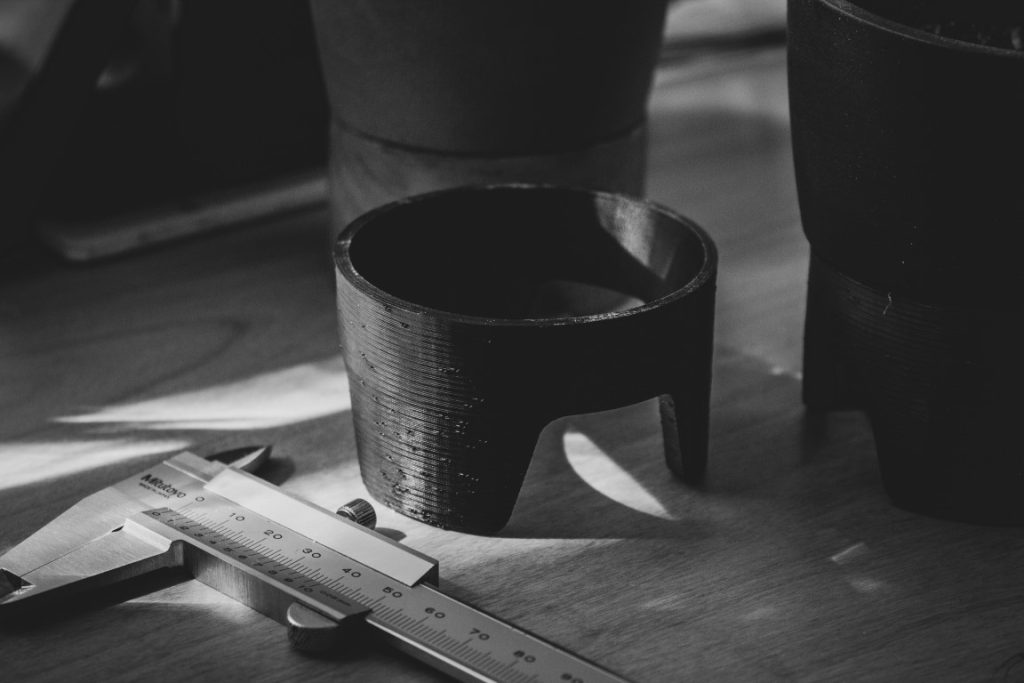Calibration
Our comprehensive range of calibration equipment means we can meet all your calibration requirements through our highly trained staff. Underpinned by efficient procedures, our clients benefit from high-quality Calibration services in Bristol, UK that reduce lead times and manage costs.
We have a fully equipped Calibration laboratory in Bristol, offering a convenient Collection & Delivery service to make your calibration needs as seamless as possible. As a trusted Bristol Calibration laboratory, we are accredited to provide Bristol traceable calibration to all the relevant standards, giving you complete peace of mind.
Whether you need Bristol Calibration services or traceable calibration in Bristol, we deliver with precision and reliability. We also provide instrument sales, servicing, and repairs. Small repairs and adjustments are made at the point of calibration where possible, so you are without your equipment for the shortest possible time.

Birth of Calibration Standard: The Egyptian Royal Cubit

A cubit is an ancient measurement of length. While the common cubit was the length of the forearm from the elbow to the tip of the middle finger – usually around 45.7 cm, the “royal cubit” was slightly longer: a common cubit plus the width of the palm of the Pharaoh ruling at the time.
The single royal cubit master (primary standard) was a rod carved from a block of black granite. Surviving cubit rods are between 52.2 and 52.9 cm in length. Workers were then supplied with copies – cubit sticks made of wood or granite. The royal architect or foreman of each construction site was responsible for maintaining the accuracy of these — an ancient form of traceable calibration, not unlike the processes used in modern Bristol Calibration laboratories today.
At every full moon, the cubit sticks had to be brought to the royal cubit master and compared to it — an early example of Bristol traceable calibration ensuring consistency and reliability, much like today’s Calibration services in Bristol, UK.
As an example, the Great Pyramid of Giza is constructed with sides of 440 cubits (230.364 meters). Using cubit sticks, the builders were within 11.4 cm – accuracy better than 0.05%. This precision mirrors the meticulous standards now practiced in Calibration laboratories in Bristol, where Bristol calibration services ensure measurement integrity across modern industries.
Strange, but true, is that many centuries later, when the metre was defined by a natural constant with two astronomers surveying the land to estimate the circumference of the Earth, the new unit of length turned out to be about twice as long as the ancient cubit. Had they divided the Great Arc into twenty million parts instead of ten, the cubit could have been today’s standard of length — perhaps verified by today’s calibration services in Bristol, UK.

As an example, the Great Pyramid of Giza is constructed with sides of 440 cubits (230.364 meters). Using cubit sticks, the builders were within 11.4 cm – accuracy better than 0.05%.
Strange, but true, is that many centuries later when the metre was defined by a natural constant with two astronomers surveying the land to estimate the circumference of the earth, the new unit of length turned out to be about twice as long as the ancient cubit. Had they divided the Great Arc into twenty million parts instead of ten, the cubit could have been today’s standard of length.

